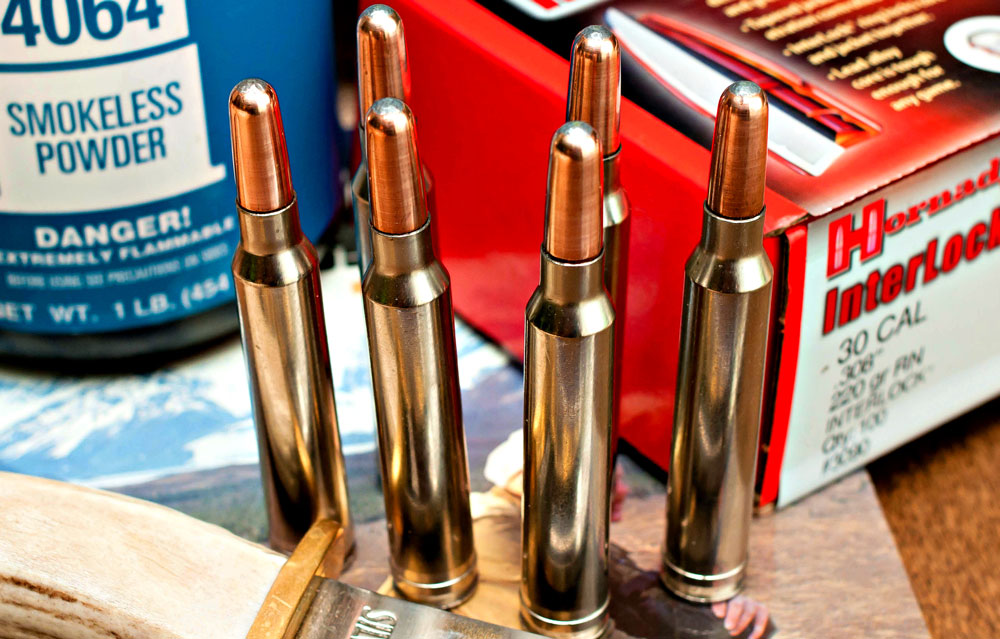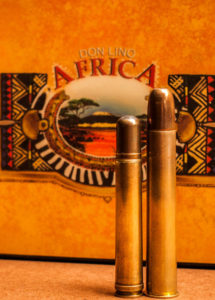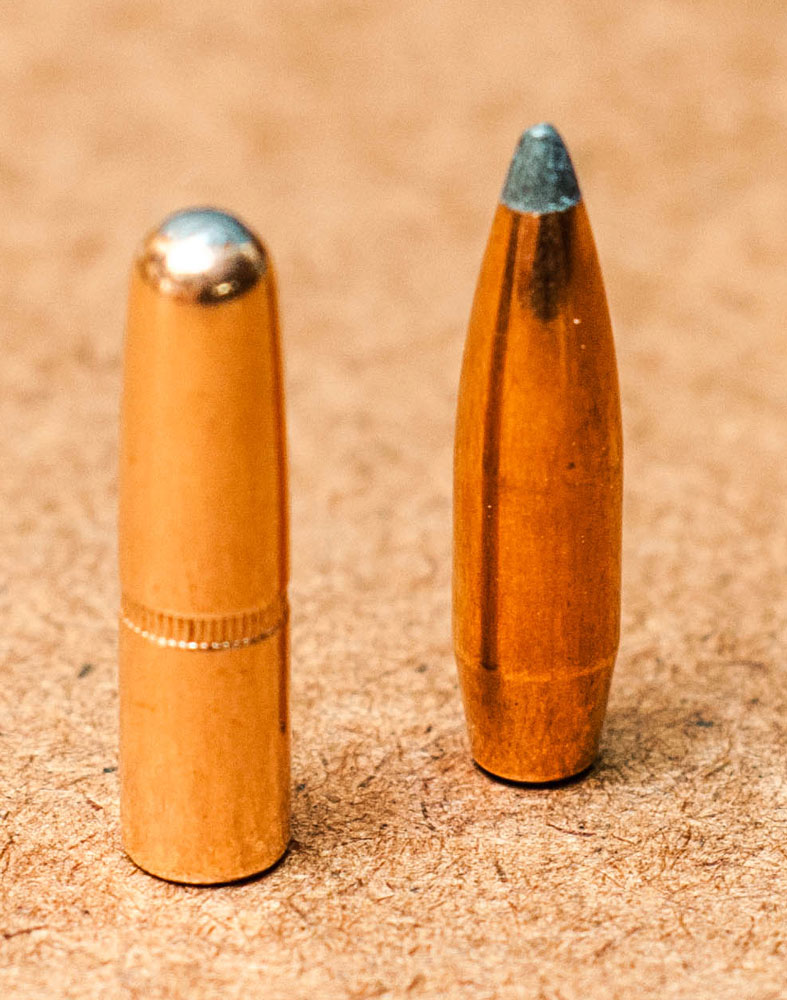

At closer range, round nose bullets shine. From 200 yards on in, they are as accurate as spitzers, but deliver more energy on target.
In my native state of New York, we have a wide variety of hunting situations. Some of us hunt the wide open farm fields, or the cut power lines, where the occasional shot can exceed 300 yards. But, most of us are woods hunters, be it the hardwoods of the Hudson and Mohawk Valleys, or the beech and conifer woods of the Catskills and Adirondacks.
The average shot in the latter situation rarely exceeds 125 yards, and I can count on one hand the deer in the woods that I’ve shot at over 175 yards. Within this range, I’ve found that the round nosed rifle bullets can really shine.
Not that I don’t love and frequently use spitzer and spitzer boat tail bullets; they’re definitely accurate and perform just fine. But, in my experiences, round nose bullets have a different impact upon game. They seem to hit harder, and I can see the visual effect of the bullet impact when it strikes an animal.
Long and short of it: I’m a huge fan. As a handloader, I load these bullets with a couple ideas in mind.
One, they aren’t the ideal long range load. When I use them, I zero my rifle at 200 yards, and mentally prepare to stay within that range in the field. After that range the spitzers retain their energy much better, and have a flatter trajectory. But as I’ve said, most of my shots here at home are on the short side, so trajectory doesn’t really become an issue. If I can keep the three shot groups to within one minute-of-angle, or thereabout, I’ve got all the accuracy I need for hunting New York’s wild places.

Two, I really like the way the round nose bullets seat in the cartridge cases. They keep their weight forward, and in comparison to the boat tail spitzers, they are much shorter for the same weight of bullet. This means the loader doesn’t have as much trouble with the compressed loads that can be associated with the longer bullets, especially the monometal bullets, like a Hornady GMX or a Barnes TSX.
I especially like the heavy for caliber round nosed bullets. A 160 grain 6.5mm, 150 grain .270, 175 grain 7mm, 180 and 220 grain .308 and 250 grain .358 bullets make a great choice for the deer hunter, especially if you hunt deer in an area where black bear share the same habitat. They have a high sectional density, penetrate wonderfully, and hit like a sledgehammer.
Speaking of black bear, if you enjoy the spring season over bait, like my neighbors in Quebec offer, the round nosed bullets make a great choice. Ranges are more than likely less than 75 yards, and the round nose bullet will help settle the argument quickly without having your bear wander off into the willow thickets where shooting ranges can be measured in feet instead of yards. No one wants to dig a bear out of that stuff!
Another point of interest is that when compared to the many of the premium bullets available today (and they are wonderful!) the old fashioned round nose bullets are more affordable. And, perhaps because they are not “in fashion” they are often in stock, which, in today’s market of component unavailability is a very good thing.

My pal Jeff Koonz, who owns our local gun shop, Coxsackie Gun & Bows, often chats with me about our favorite rifle loads. Jeff has the good fortune to be able to choose just about any rifle he wants, yet he chooses cartridges and loads similar to one I’ve described. He and I believe in the Elmer Keith “heavy and slow” mentality for our close shooting distances in New York.
Many of his customers look at us funny, but I’m sure we know what we’re talking about… Jeff is a proponent of the .35s; he loves the underrated .358 Winchester and often uses his .350 Remington Magnum. He also enjoys the venerable .45/70 Government, and all of those calibers make good use of the round nose bullets.
I like to load my round nose bullets to moderate velocities, and I’ve found that they perform best between 2,300 and 2,600 feet per second. A Hudson Valley eleven point buck fell to a 220 grain round nose from my .300 Winchester Magnum in the fall of 2011, handloaded to 2,425 feet per second, and he went down like he was pole-axed!
Get yourself some round nosed bullets for your favorite deer rifle, load ‘em up and see for yourself if they don’t work well. Cheers!

Next Step: Get your FREE Printable Target Pack
Enhance your shooting precision with our 62 MOA Targets, perfect for rifles and handguns. Crafted in collaboration with Storm Tactical for accuracy and versatility.
Subscribe to the Gun Digest email newsletter and get your downloadable target pack sent straight to your inbox. Stay updated with the latest firearms info in the industry.

![Best Concealed Carry Guns In 2025 [Field Tested] Wilson Combat EDC X9S 1](https://gundigest.com/wp-content/uploads/Wilson-Combat-EDC-X9S-1-324x160.jpg)


![Best 9mm Carbine: Affordable PCCs [Tested] Ruger Carbine Shooting](https://gundigest.com/wp-content/uploads/Ruger-Carbine-Shooting-100x70.jpg)
![Best AR-15: Top Options Available Today [Field Tested] Harrington and Richardson PSA XM177E2 feature](https://gundigest.com/wp-content/uploads/Harrington-and-Richardson-PSA-XM177E2-feature-100x70.jpg)
